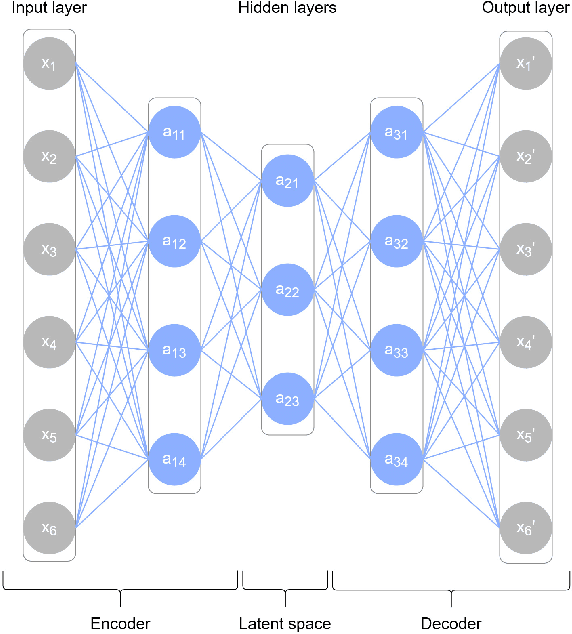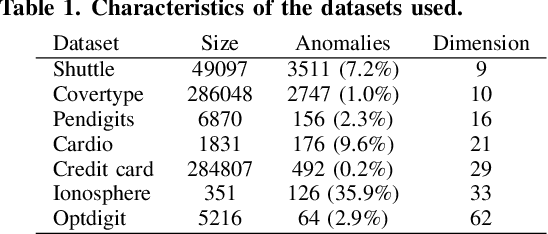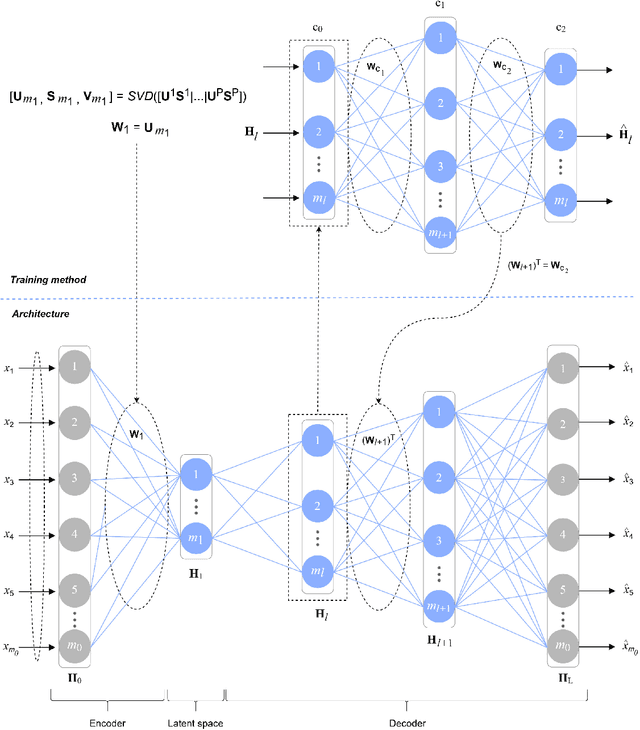David Novoa-Paradela
Explained anomaly detection in text reviews: Can subjective scenarios be correctly evaluated?
Nov 08, 2023Abstract:This paper presents a pipeline to detect and explain anomalous reviews in online platforms. The pipeline is made up of three modules and allows the detection of reviews that do not generate value for users due to either worthless or malicious composition. The classifications are accompanied by a normality score and an explanation that justifies the decision made. The pipeline's ability to solve the anomaly detection task was evaluated using different datasets created from a large Amazon database. Additionally, a study comparing three explainability techniques involving 241 participants was conducted to assess the explainability module. The study aimed to measure the impact of explanations on the respondents' ability to reproduce the classification model and their perceived usefulness. This work can be useful to automate tasks in review online platforms, such as those for electronic commerce, and offers inspiration for addressing similar problems in the field of anomaly detection in textual data. We also consider it interesting to have carried out a human evaluation of the capacity of different explainability techniques in a real and infrequent scenario such as the detection of anomalous reviews, as well as to reflect on whether it is possible to explain tasks as humanly subjective as this one.
Fast Deep Autoencoder for Federated learning
Jun 13, 2022



Abstract:This paper presents a novel, fast and privacy preserving implementation of deep autoencoders. DAEF (Deep Autoencoder for Federated learning), unlike traditional neural networks, trains a deep autoencoder network in a non-iterative way, which drastically reduces its training time. Its training can be carried out in a distributed way (several partitions of the dataset in parallel) and incrementally (aggregation of partial models), and due to its mathematical formulation, the data that is exchanged does not endanger the privacy of the users. This makes DAEF a valid method for edge computing and federated learning scenarios. The method has been evaluated and compared to traditional (iterative) deep autoencoders using seven real anomaly detection datasets, and their performance have been shown to be similar despite DAEF's faster training.
 Add to Chrome
Add to Chrome Add to Firefox
Add to Firefox Add to Edge
Add to Edge